Dipladenia or mandevilla care
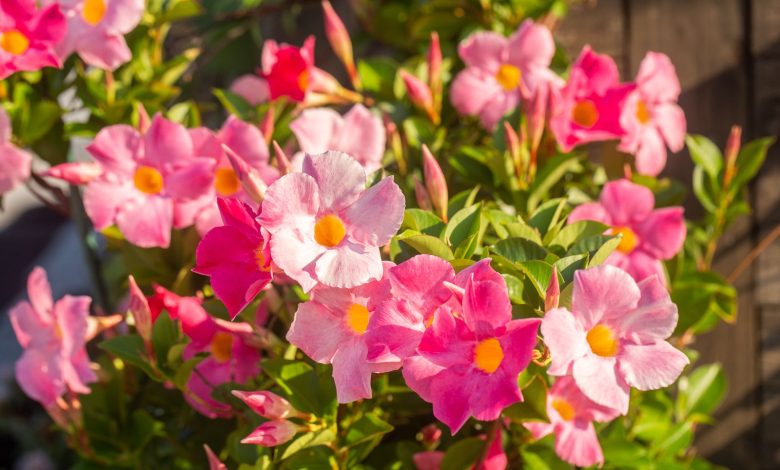
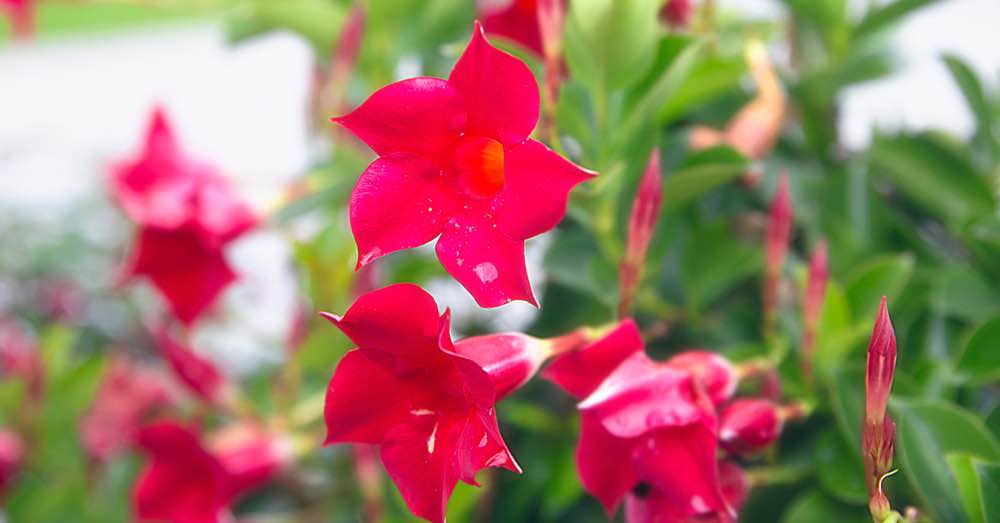
It is one of those pretty plants that seem to dress up any summer space. And it is now, in these hot months, when the mandevilla unfolds its beautiful trumpet-shaped flowers. A delight for the senses, which often leads to frustration for those who love gardening who do not know it in detail. We say this because the care of dipladenia is not complicated at all. What’s more: we could well say that, in spring and summer, it is a plant with minimal requirements. But beware: it is essential to know your demands so that you live from year to year.
Understanding the care of dipladenia or mandevilla involves knowing its origins. Although it is also nicknamed Chilean jasmine, it is native to Brazil. Something that decisively defines their needs, especially heat. But it is not the only thing about her that we have to know. We are talking about a climbing plant, which is why it is one of the ideal plants for house facades. Therefore, we must be aware that it has a good growth that can reach nine meters in height. And not only that: in addition, its stems acquire a woody character as they grow. A good reason to plan your location very well.
Let’s see in detail the care of the dipladenia to enjoy it this summer but, also, year after year.
5 KEY DIPLADENIA CARE IN ITS CULTIVATION
Dipladenia care is not too complicated. It is a plant with little demanding maintenance but yes: strict in its needs. A few things that we have to strictly fulfill to have the best possible prize: its incredible flowering. And it is that, beyond the beauty of its flowers, the mandevilla is extremely generous. Therefore, as soon as the temperatures begin to rise, its flowering begins. A process that will not stop until autumn begins. With one more attraction: they are long-lasting flowers. You can not ask for more!
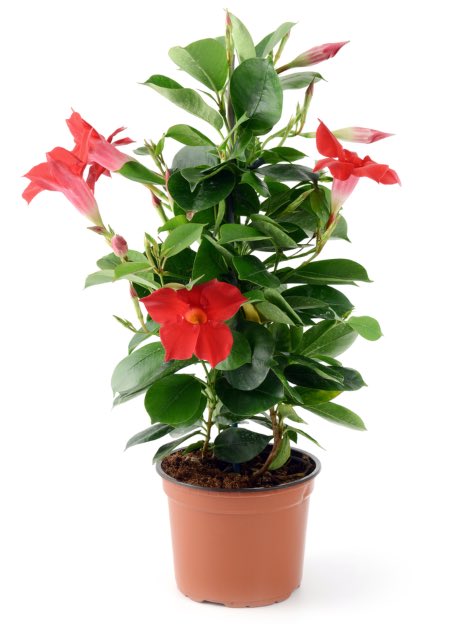
Let’s see in detail how to grow this beautiful plant. A few simple tasks that pay off, and a lot! with its incredible beauty.
1. Location, one of the most important care for dipladenia
Although it is an eminently outdoor plant, we can also have it indoors. And, although it may seem to us that any place is good, it is not. To begin with, growing indoors requires locating it in a space with plenty of natural light. But not only that: we will also have to find a space where it is free of drafts. And finally, nothing to place it near doors or windows.
If we have it outdoors, we have to pay a lot of attention to the place of planting. If we live in a cold climate, dipladenia will grow perfectly in full sun. However, if our climate is warm, the ideal is to place it in a location where it receives a lot of light but never direct.
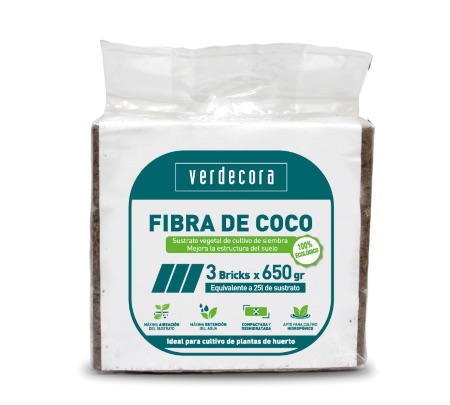
But it is not the only consideration that we have to have in choosing the location. Among the care of dipladenia we have to consider two important aspects. And it is that it not only demands a soil rich in nutrients. It is also essential that it has good drainage that facilitates the evacuation of water. Something that we can provide by mixing the substrate with coconut fiber or sand.
Finally, important: we have to give it a support on which to grow. Call it a trellis, a wall or even a tree: it will be the key to its correct growth.
2. Temperature, essential for the life of this plant
Another fundamental aspect to take into account in the care of dipladenia. Due to its origins, we speak of a cold plant. Its ideal range of temperatures is between 15 and 29 degrees.
It is not the heat that should concern us. Actually, the most dangerous thing for the mandevilla is the cold. Below seven degrees, it can be seriously compromised. Therefore, with the arrival of the cold months, we will have to try to protect it as much as possible. If you have it planted directly in the ground, the ideal is to make a mulch to protect its roots. It also does not hurt to use a thermal protection blanket for plants.
3. Irrigation, fundamental for the growth of the mandevilla
During the hot months, irrigation is one of the dipladenia care that we must control the most. For a correct flowering, it is necessary to have the substrate constantly moist. Something that we cannot confuse with flooding since, no matter how good drainage it has, it will be negative for the plant. It is also important not to wet neither its leaves nor its flowers. By doing so we will be increasing the possibility that fungi will make their appearance.
During the cold months, we will have to lower the irrigation pattern. Just keep the substrate slightly moist. But yes: it is important to spray its leaves so that they do not dehydrate in low temperatures.
4. Subscriber, important in the care of the dipladenia flowering season
Helping our plant to flourish and stay healthy is a task that we cannot forget. Not only because it will ensure the constant appearance of flowers during the flowering season. Also because it will allow the plant to be strong in the most demanding months. Those in which eliminating garden pests should be our priority.
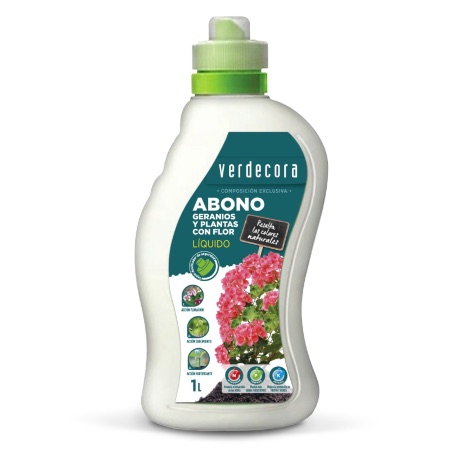
Therefore, from the appearance of the first flower bud, the regular application of fertilizer is essential. The ideal is that we choose a liquid one, and that we apply it every 15 days until the arrival of autumn.
5. Pruning and transplanting, two tasks that we will leave for intermediate seasons
Dipladenia care does not only refer to its flowering time. It is true that it is the most demanding time of the plant, yes. But there are some important tasks that, precisely, we have to carry out fleeing from the flower season.
Let’s start with spring. It will be at this time of year when we have to prune our plant. And no: we are not talking about a great pruning. In reality, it only consists of removing dry and broken branches. A way to clean up the plant after winter, and prepare it for the heat. As the plant matures and grows, we can be more aggressive with pruning.
With the arrival of autumn, we will have the opportunity to transplant it. If we give its roots a chance to grow, the plant will evolve vertically. But be careful: the thing is not to transplant it to a much larger pot. If you do this, the plant will consume a lot of resources to grow its network of roots. For this reason, it is better that we move it to a somewhat larger pot without great excesses.
Write down the care of the dipladenia and enjoy this beautiful plant!

![Photo of Rosemary Cuttings: [Concept, Season, Rooting and Planting]](https://www.complete-gardening.com/wp-content/uploads/2022/08/rosemary-cuttings-concept-season-rooting-and-planting-390x220.jpg)
![Photo of Willowherbs: [Cultivation, Irrigation, Care, Pests and Diseases]](https://www.complete-gardening.com/wp-content/uploads/2022/08/willowherbs-cultivation-irrigation-care-pests-and-diseases-390x220.jpg)
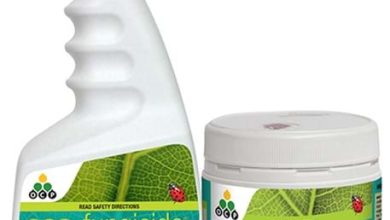
![Photo of Indoor Plants [32 Examples, Types and Names]](https://www.complete-gardening.com/wp-content/uploads/2022/08/indoor-plants-32-examples-types-and-names-390x220.jpg)